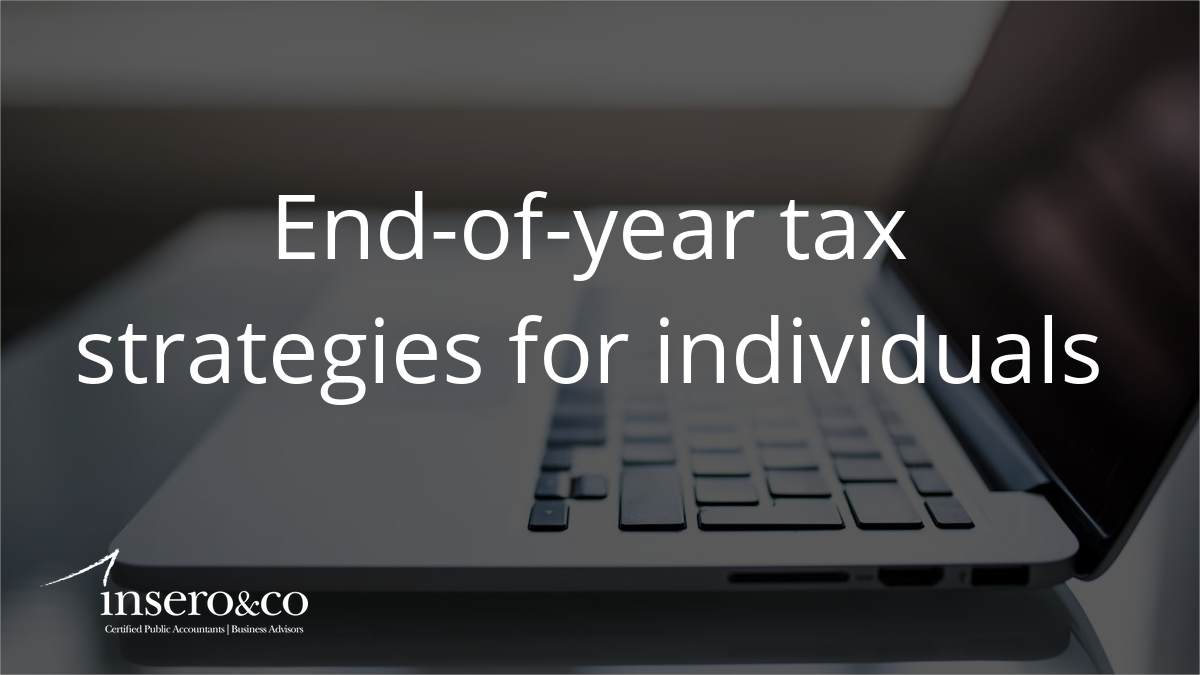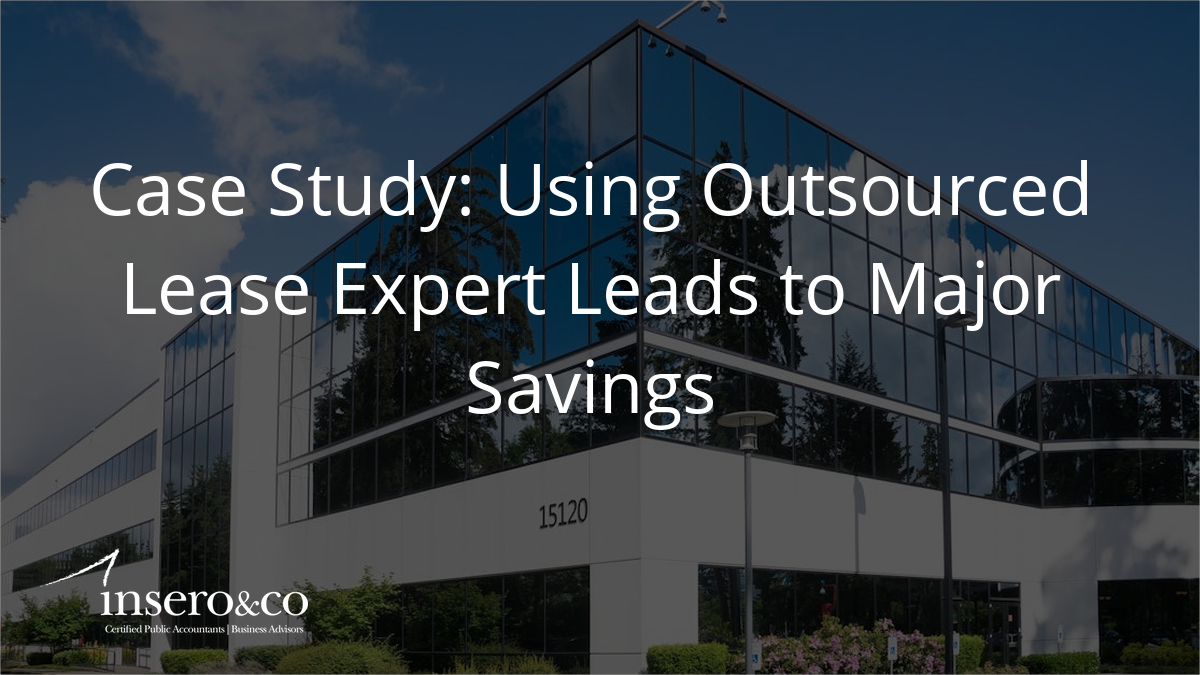PERSPECTIVE | April 02, 2024
Paul Krugman, the Nobel laureate in economics, once said, “Productivity is not everything, but in the long run, it’s almost everything.”
The increase in American productivity over the past year, if sustained, is a potential game changer for the economy, representing the mythical rising tide that lifts the living standards of all.
The 3.2% increase in productivity during the final quarter of the year and 2.7% on a year-ago basis has most likely been a catalyst for both robust economic growth and disinflation over the past year.
To put this in perspective, productivity has averaged a 1.5% increase over the past decade, which partly explains the less-than-satisfying increases in the standard of living across the economy despite impressive technological breakthroughs.
While it is difficult to ascertain whether the post-pandemic gains are the result of a fundamental shift in the economy or a one-time jump in overall output per hour per worker, the strong increase is surely welcome news, especially as the Federal Reserve lays the groundwork for its pivot to a lower-rate environment.
Normally, when demand runs hot, pressures on prices increase, but that was not the case last year.
Rarely have we seen significant growth and disinflation taking place at the same time. So while we are encouraged, we still need to understand better what caused the recent spike in productivity, in particular over the past six months.
The economy overall continues to show resilience. In the third and fourth quarters last year, gross domestic product grew by 4.9% and 3.3%, respectively; inflation has hovered just above 2% on a six-month annualized pace, according to the January reading of the Fed’s key inflation metric, the personal consumption expenditures price index; and the unemployment rate in February stood at 3.9%.
That strength was due, in part, to rising productivity that helped create the conditions in which the economy could grow faster even at full employment while inflation growth eased at the same time. This productivity boom may even be providing the soft landing for the economy following the inflation and interest rate shocks that started in 2021.
Rising productivity is a classic economic win-win that benefits each participant. And, of course, rising productivity helps the Federal Reserve as it seeks to fulfill its dual mandate of achieving price stability and maximum sustainable employment.
In our estimation, the policy tailwind that is releasing a significant quantity of capital into the economy is helping to promote this more efficient and highly productive economy.
Investment spending on structures grew at a torrid pace of 8% in each quarter on average in the second half of last year, while spending on intellectual property and equipment grew by 5.5% and 2.8% on average, respectively.
But we think there’s more to the story about what’s driving the surge in productivity:
- Rising wages: Better pay attracted disaffected workers back into the labor force.
- Full employment: Workers can now acquire better jobs and receive training that increases output per hour.
- Manufacturing revival: The CHIPS and Science Act, the bipartisan Infrastructure and Investment Jobs Act, and the Inflation Reduction Act have all led to a surge in manufacturing capacity.
- Immigration: Legal immigration has helped increase the supply of labor amid a chronic shortage of workers.
It is no surprise that during a time of high inflation, high borrowing costs and persistent labor challenges, businesses were forced to become more efficient by making productivity-enhancing investments.
Since the pandemic began, our quarterly RSM US Middle Market Business Index survey has shown an increase in actual and planned outlays on capital expenditures. Those investments are now paying dividends across the economy.
With recession risks fading, businesses have signaled a more aggressive stance when it comes to investment plans, according to the results from our first-quarter survey. Nearly half, or 48%, of middle market senior executives polled said they had increased spending on capital expenditures, and 59% said they expect to do so over the next six months.
But it is too soon to claim that there is a permanent structural change in productivity, as investment choices have become more selective amid high borrowing costs.
Research around some of the popular explanations for a structural shift in the labor market, like work-from-home or investments in artificial intelligence, remains inconclusive. We do not expect the impact of artificial intelligence investments to show up materially for another three to five years.
Still, the short-term productivity gains because of upgraded equipment, factories and technologies in the past two years will help the economy continue to run strong instead of hot this year.
And leads to the mythical rising tide that lifts the economic fortunes of all Americans, no matter where they stand on the income ladder.
Do you have questions or want to talk?
Call us at (800) 232-9547 or fill out the form below and we’ll contact you to discuss your specific situation.
This article was written by Joe Brusuelas, Tuan Nguyen and originally appeared on 2024-04-02.
2022 RSM US LLP. All rights reserved.
https://rsmus.com/insights/economics/productivity-continues-to-rise-in-a-potential-game-changer-for-the-economy.html
RSM US Alliance provides its members with access to resources of RSM US LLP. RSM US Alliance member firms are separate and independent businesses and legal entities that are responsible for their own acts and omissions, and each are separate and independent from RSM US LLP. RSM US LLP is the U.S. member firm of RSM International, a global network of independent audit, tax, and consulting firms. Members of RSM US Alliance have access to RSM International resources through RSM US LLP but are not member firms of RSM International. Visit rsmus.com/aboutus for more information regarding RSM US LLP and RSM International. The RSM(tm) brandmark is used under license by RSM US LLP. RSM US Alliance products and services are proprietary to RSM US LLP.

Insero & Co. CPAs, LLP is a proud member of RSM US Alliance, a premier affiliation of independent accounting and consulting firms in the United States. RSM US Alliance provides our firm with access to resources of RSM US LLP, the leading provider of audit, tax and consulting services focused on the middle market. RSM US LLP is a licensed CPA firm and the U.S. member of RSM International, a global network of independent audit, tax and consulting firms with more than 43,000 people in over 120 countries.
Our membership in RSM US Alliance has elevated our capabilities in the marketplace, helping to differentiate our firm from the competition while allowing us to maintain our independence and entrepreneurial culture. We have access to a valuable peer network of like-sized firms as well as a broad range of tools, expertise, and technical resources.
For more information on how Insero & Co. CPAs can assist you, please call (800) 232-9547.




